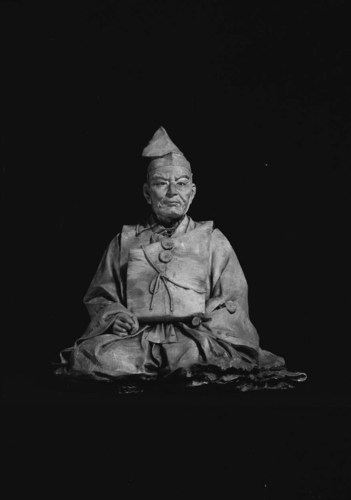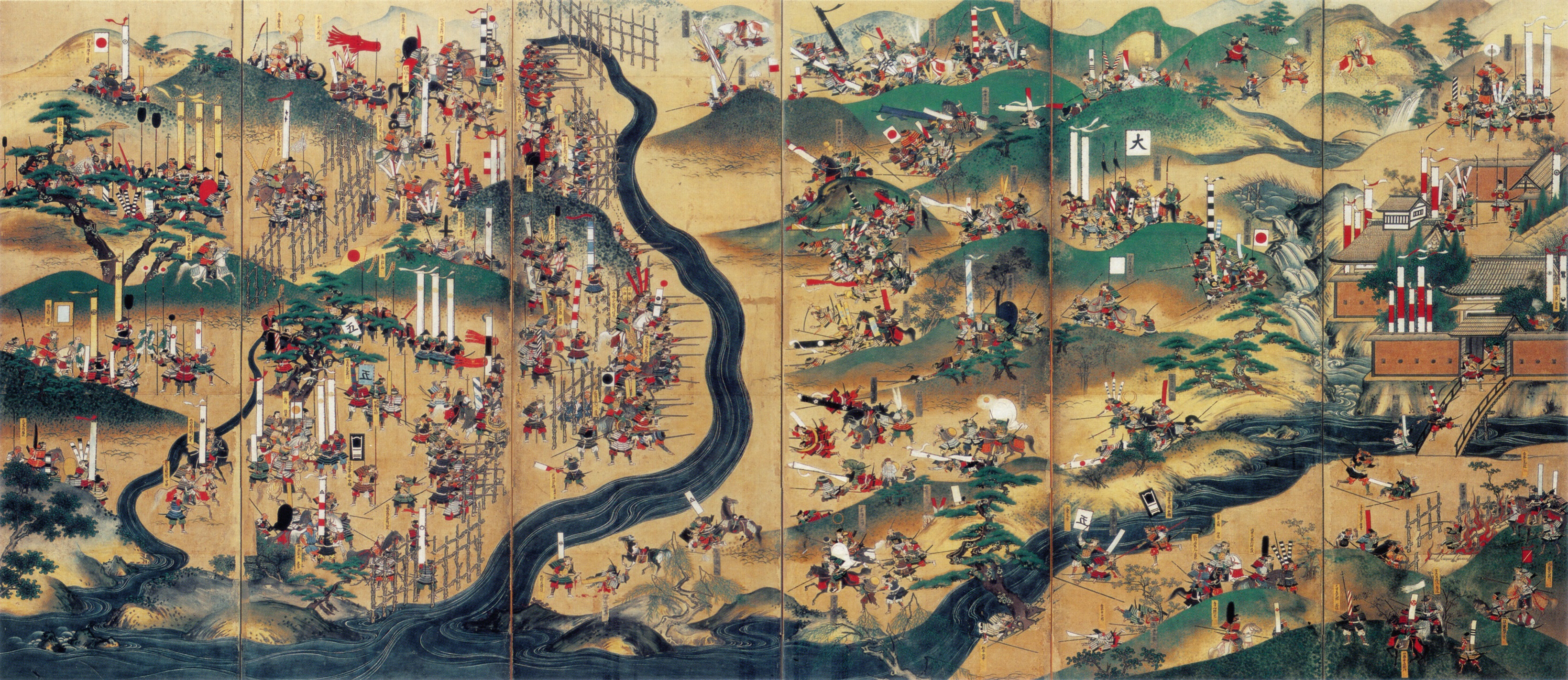The Imjin War, Part 1: A Storm From The East
In 1592, the armies of Toyotomi Hideyoshi invaded Korea, engaging in wanton slaughter, merciless plundering, and surprisingly rapid success. Because the Joseon Kingdom was almost completely unprepared for this incursion, they would need to rely on the aid of Ming China to win back control of the peninsula.







Recent Comments